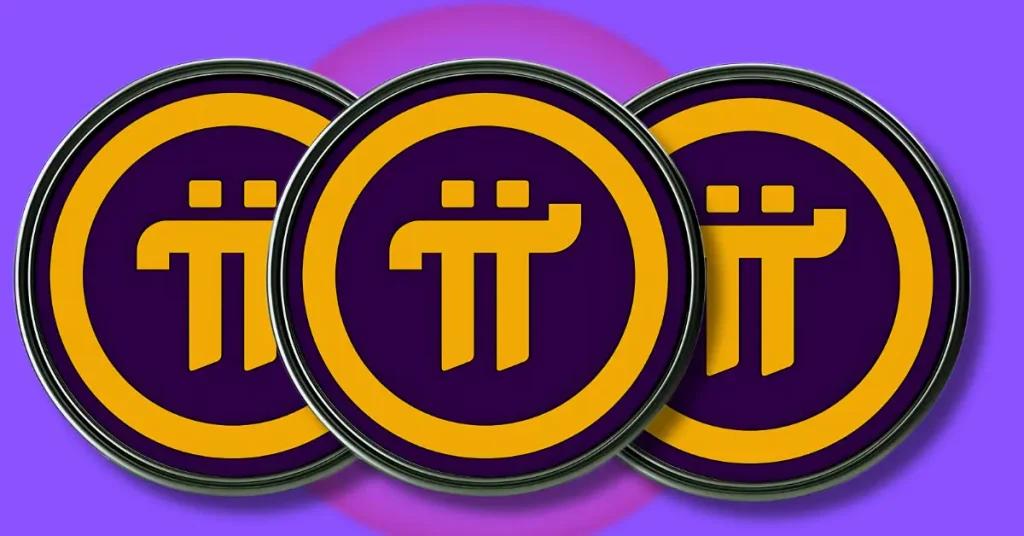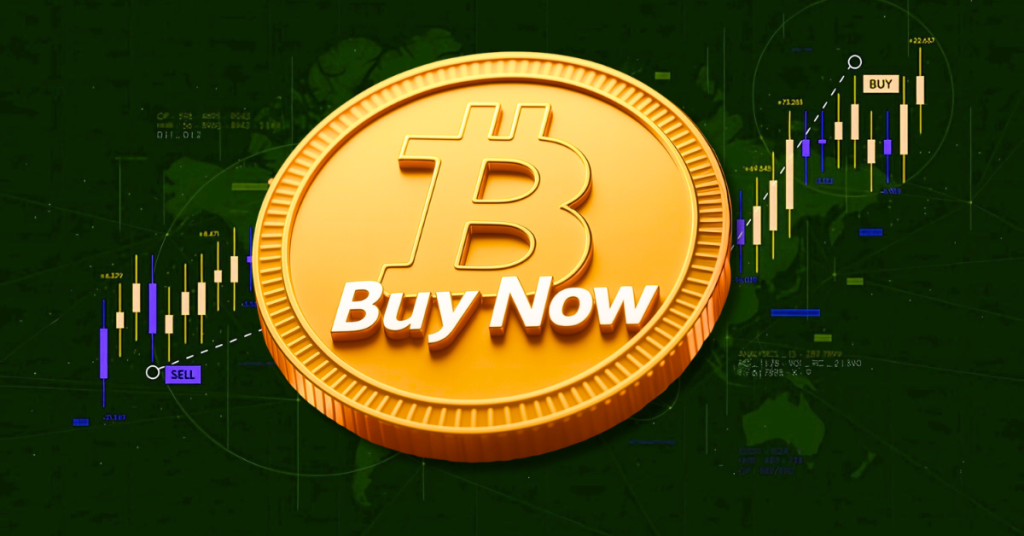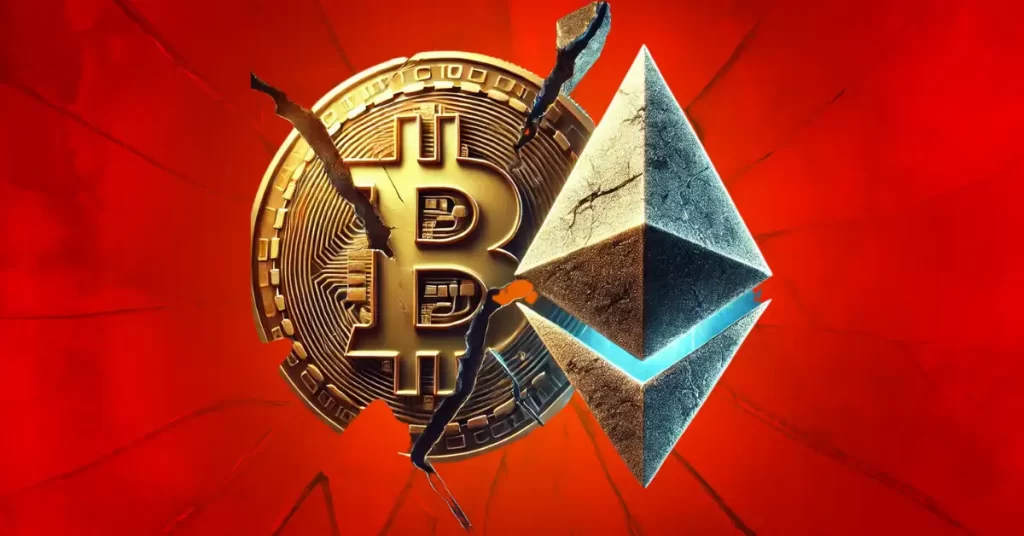
The post Pi Network Suspension: Banxa Pulls Back on Pi Coin as Binance Listing Criteria Offer a Glimmer of Hope appeared first on Coinpedia Fintech News
After hitting a record low earlier this month, Pi has been trading between $0.60 and $0.65. While price volatility has settled, there’s still no sign of a strong recovery.
Adding to the frustration, crypto payment platform Banxa has reportedly paused Pi transactions, likely due to pending Know Your Business (KYB) approval. Banxa previously purchased millions of Pi at low prices and may return once approval is granted and Pi’s price improves.
Meanwhile, it’s been over two months since Pi Network won Binance’s community vote by a wide margin, yet the token remains unlisted. Hope sparked again on April 25, when Binance released new listing guidelines, prompting fresh speculation.
Binance’s new evaluation framework stresses strong fundamentals, adoption metrics, tokenomics, team credibility, and compliance. For projects like Pi, which already have a circulating token, special attention is given to trading volume, liquidity, and market performance.
However, major challenges remain. Pi is not yet operating on any of the four blockchains currently supported by Binance (BNB Chain, Solana, Base, and Ethereum). Without integration into a supported chain or a clear timeline for expansion, Pi’s path to a Binance listing remains uncertain.
Pi Coin Price Prediction?
Pi is currently trading in a tight range, with price compressing inside a wedge pattern. Key resistance is at $0.65, and a confirmed breakout above $0.65—especially with strong volume—could spark a sharp rally. However, if the price fails to break above this level, it may fall back to test support around $0.60.
Crypto analyst Dr Altcoin said, “Pi is doing well! I am fairly confident that the price pumping of Pi might start during the Consensus Summit (May 14–16, 2025) rather than at the end of August when Pi unlocking significantly reduces.”






